The son of George Romero revisits his father's Night of the Living Dead with official prequel
George C. Romero partners with Heavy Metal for a red, white, & black prequel to Night of the Living Dead
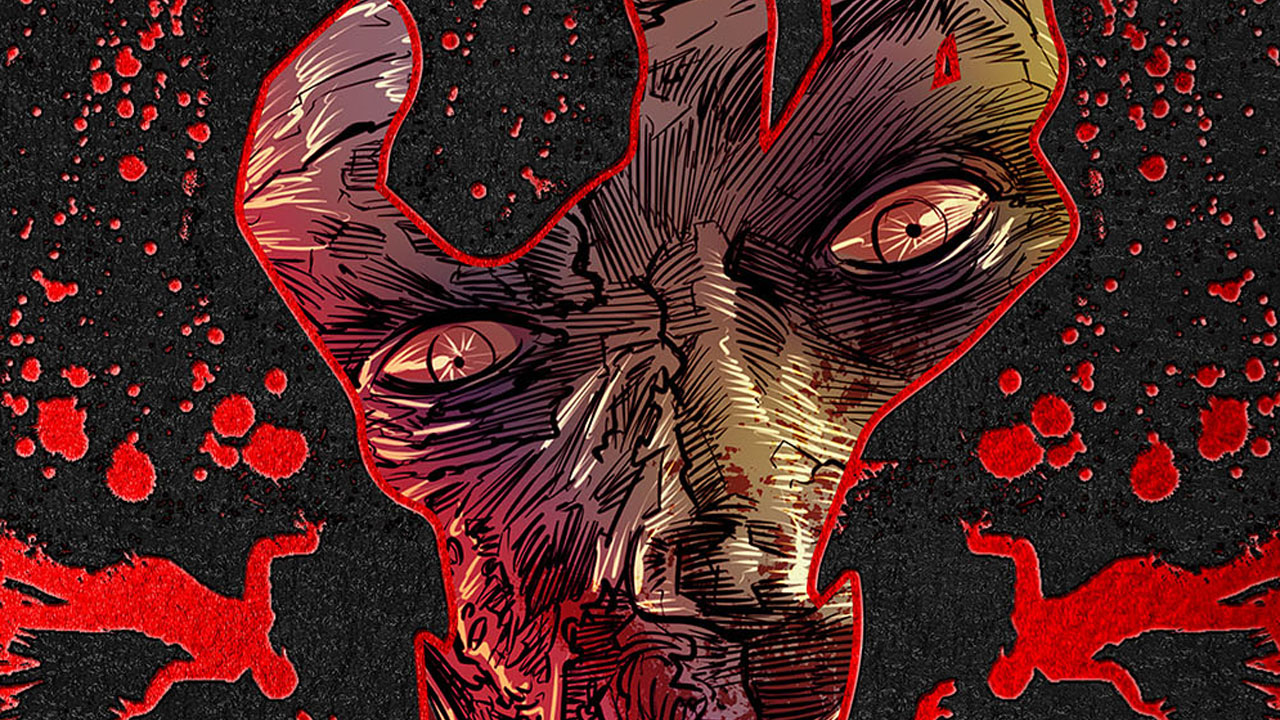
It's Halloween season; a time to drink spooky-themed cocktails, enjoy the fall weather, and of course, binge your favorite horror movie classics. Since 1968, one of the most binged of those classics is George A. Romero's revolutionary Night of the Living Dead. The film, which arguably ignited the zombie genre, has spawned countless worlds of other media, including film sequels, video games, and of course comics. And now, decades after the original film, Heavy Metal is welcoming comic readers back to the land of the Living Dead, in a terrifying prequel series called The Rise.
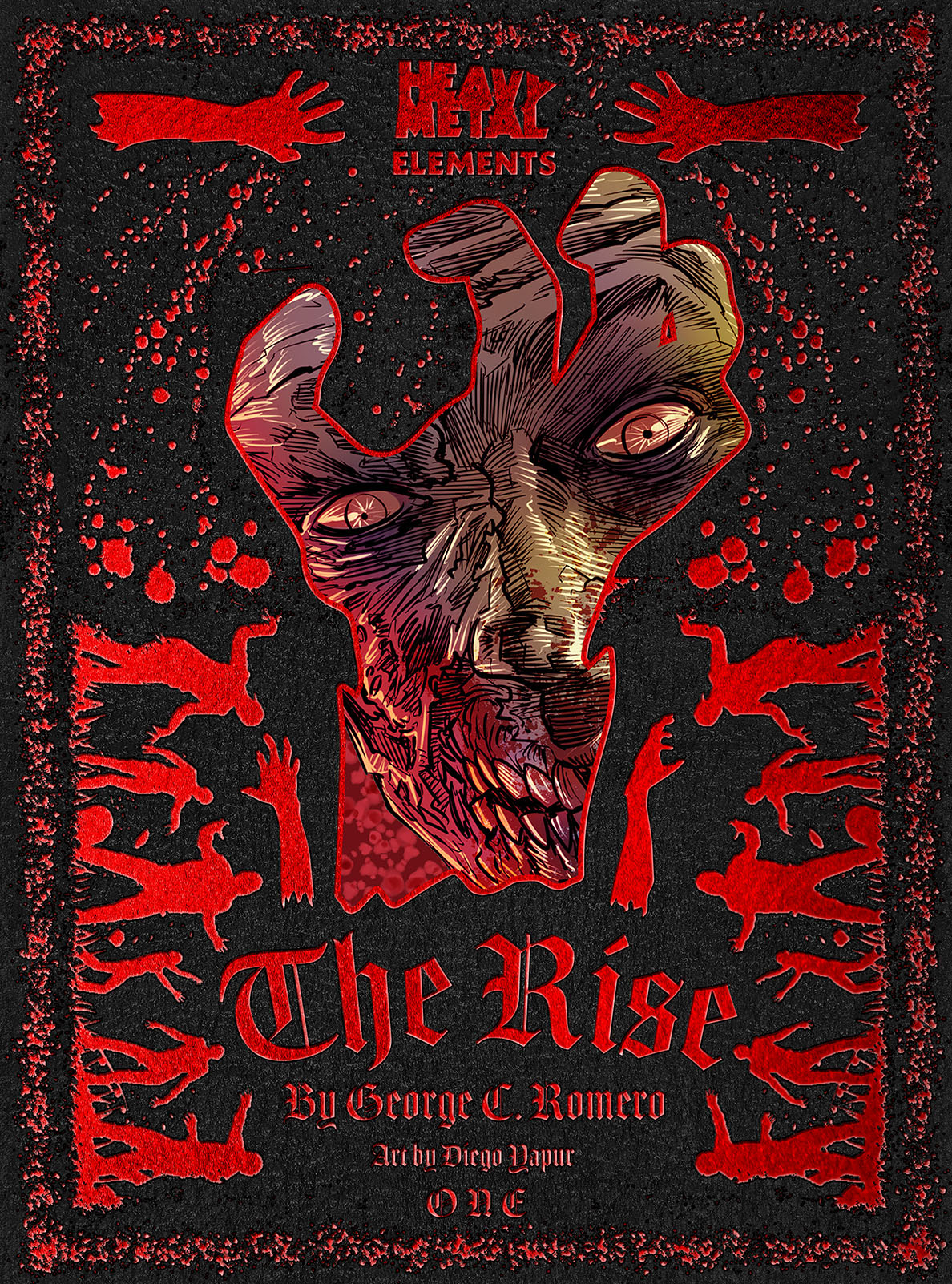
Penned by Romero's son, George C. Romero, The Rise takes place several years before Night of the Living Dead, and will explain some of the events that lead to the zombie outbreak.
Joining Romero on the book are artist Diego Yapur, colorist DC Alonso, and letterer Saida Temofonte. Ahead of the series's debut in Heavy Metal #302 on November 25, Newsarama spoke with the whole team about what it was like creating the prequel, what fans should expect from it, and the real reasons that the zombie genre, well, won't die. Read on for more.
Newsarama: George, there are legions of fans that know Night of the Living Dead like the backs of their hands. What questions will this book answer for them?
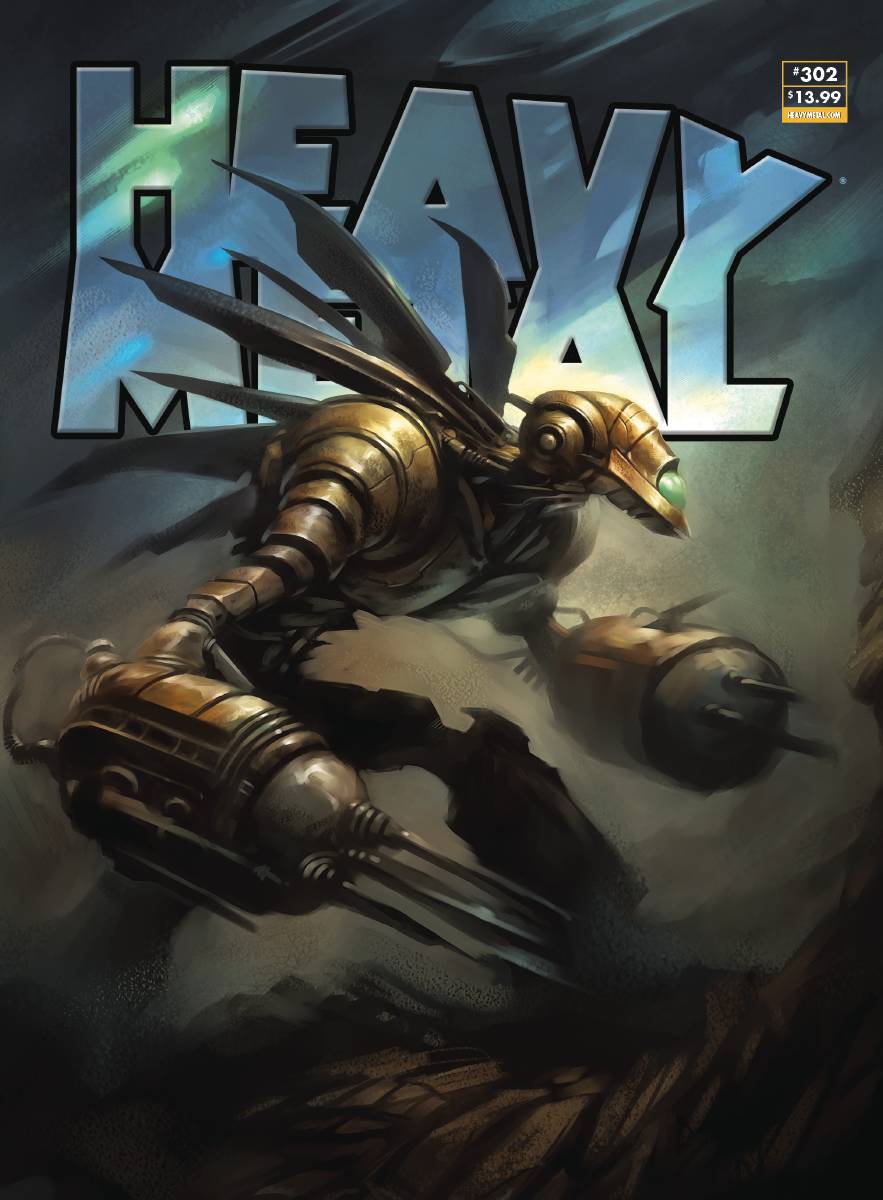
George C. Romero: Well this is a tricky one because I didn't set out to answer questions specifically. I set out to write a prologue worthy of two things; my father's legacy work and the fans, themselves. I realized through the process of crafting this story, though, that I do believe The Rise will address some questions the millions of existing fans may not even realize they had.
Nrama: How do you think fans will view the movie after reading The Rise?
Romero: The original Night? I hope they will view it with the same love they have always had for the film! I'm not trying to change that in the least. You can't, nobody can, and nobody should.
Comic deals, prizes and latest news
Get the best comic news, insights, opinions, analysis and more!
Nrama: Diego, what would you say is the biggest difference between drawing a horror comic and drawing other genres?
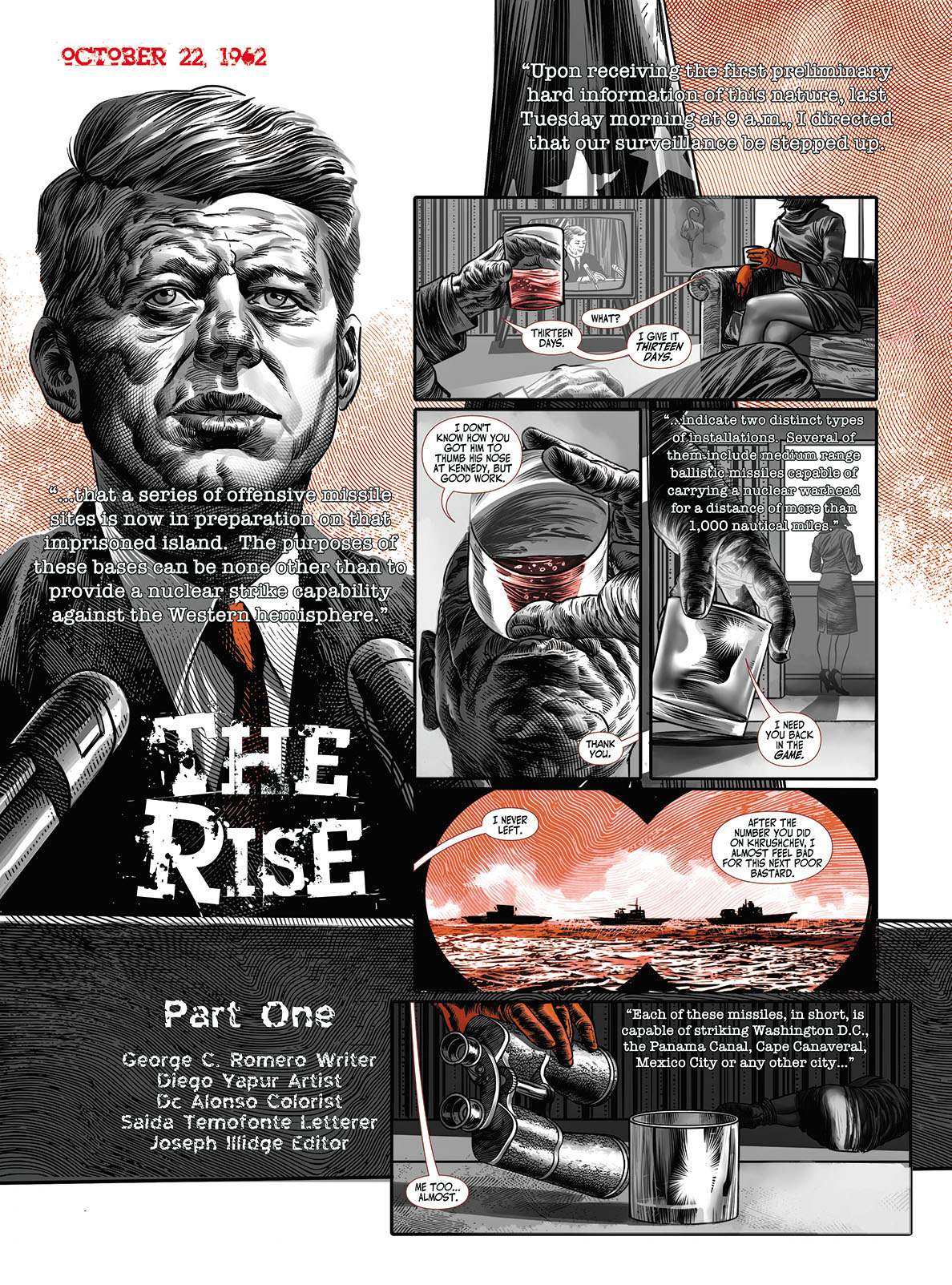
Diego Yapur: I think the question is in the elements that characterize each genre and the way in which climates are created. Personally, I have always liked horror a lot and have greatly admired the work of artists who masterfully worked this genre in cinema and comics. I feel very comfortable working in these kinds of stories, and both Heavy Metal and George give me a lot of freedom when it comes to working. That's a plus.
Nrama: This is obviously going to be a comic read by many horror fans; what do you think they'll like most about your art?
Yapur: Wow! Really, I don't know. I always put all my energy on each page and try to improve day by day to achieve a climate in history. My great ambition is always to immerse the reader in a universe and that they can feel it. This project is a great challenge, I must be at the height of a project such as The Rise, which works as a prequel to Night of the Living Dead (a milestone in horror cinema), and manage to translate George's idea faithfully. I hope my work is up to the task and pleases the fans. It would be a great honor for me.
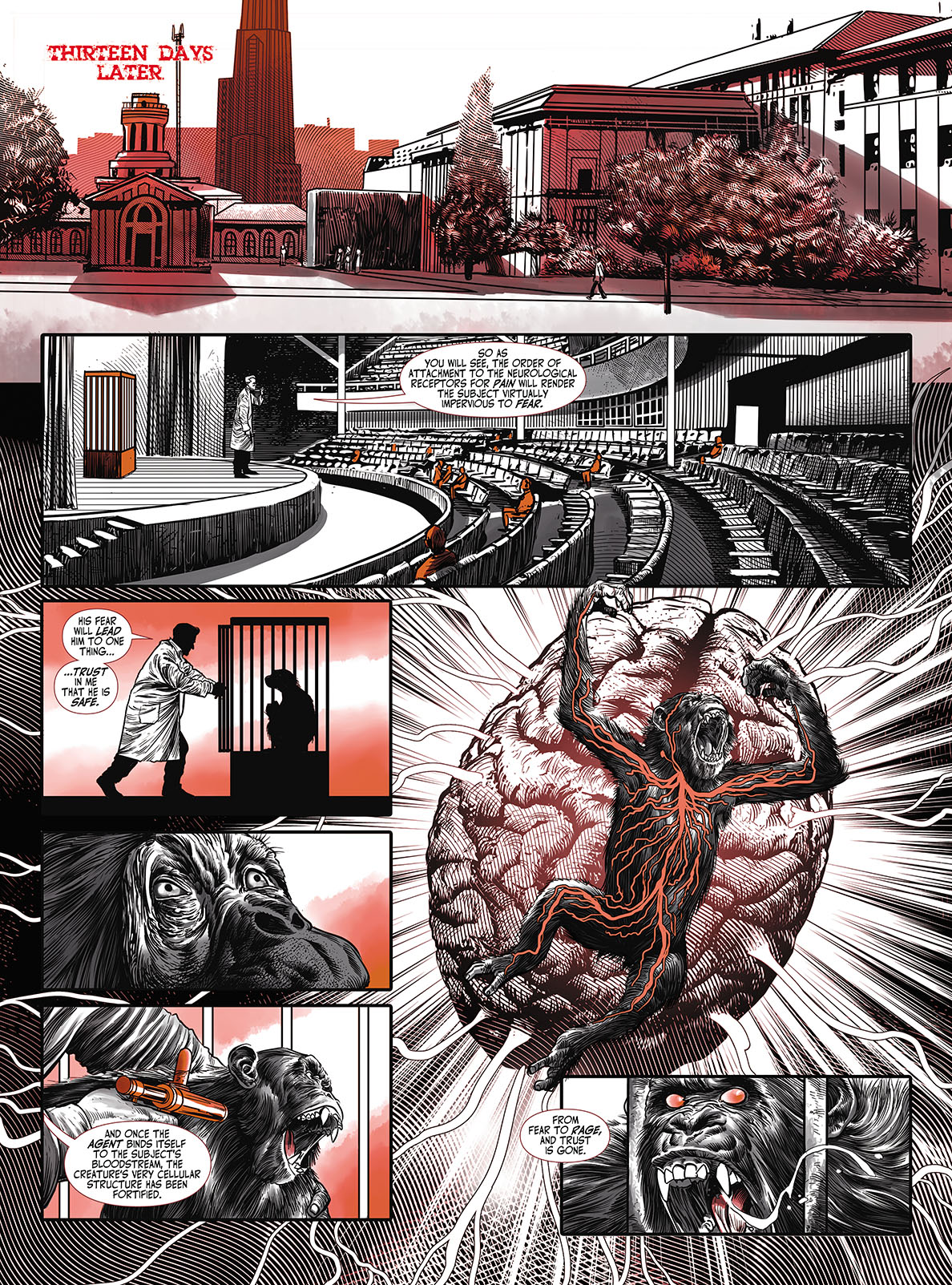
Nrama: DC, can you talk about the choice to use black, white, and red to tell this story? Did the fact that Night of the Living Dead is in black and white factor into that choice?
DC Alonso: Actually, although I would love it to be the case, the credit for the choice of color is not mine. It was the editor Joseph Illidge who proposed it to me. At first, the idea put me off. It seemed too simple, and it didn't amuse me. I soon found out how wrong I was. Having to complement the narration with a single color implies a lot of study of the script and Diego's drawing. It is a lot of fun and I have learned things that I bring in my usual color.
Nrama: How will this coloring affect what a reader experiences with this book?
Alonso: I think the color red is a very interesting weapon for a colorist. Red is the strongest color in the entire color spectrum. Superman, Spider-Man ... the great superheroes use red to show their power. In turn, red can convey a sense of unease or haste. These two concepts are what I use to color the comic. Strong characters are more red, while details that are important or should be of concern also turn red. The hardest thing is not to paint the whole page red. [laughs]
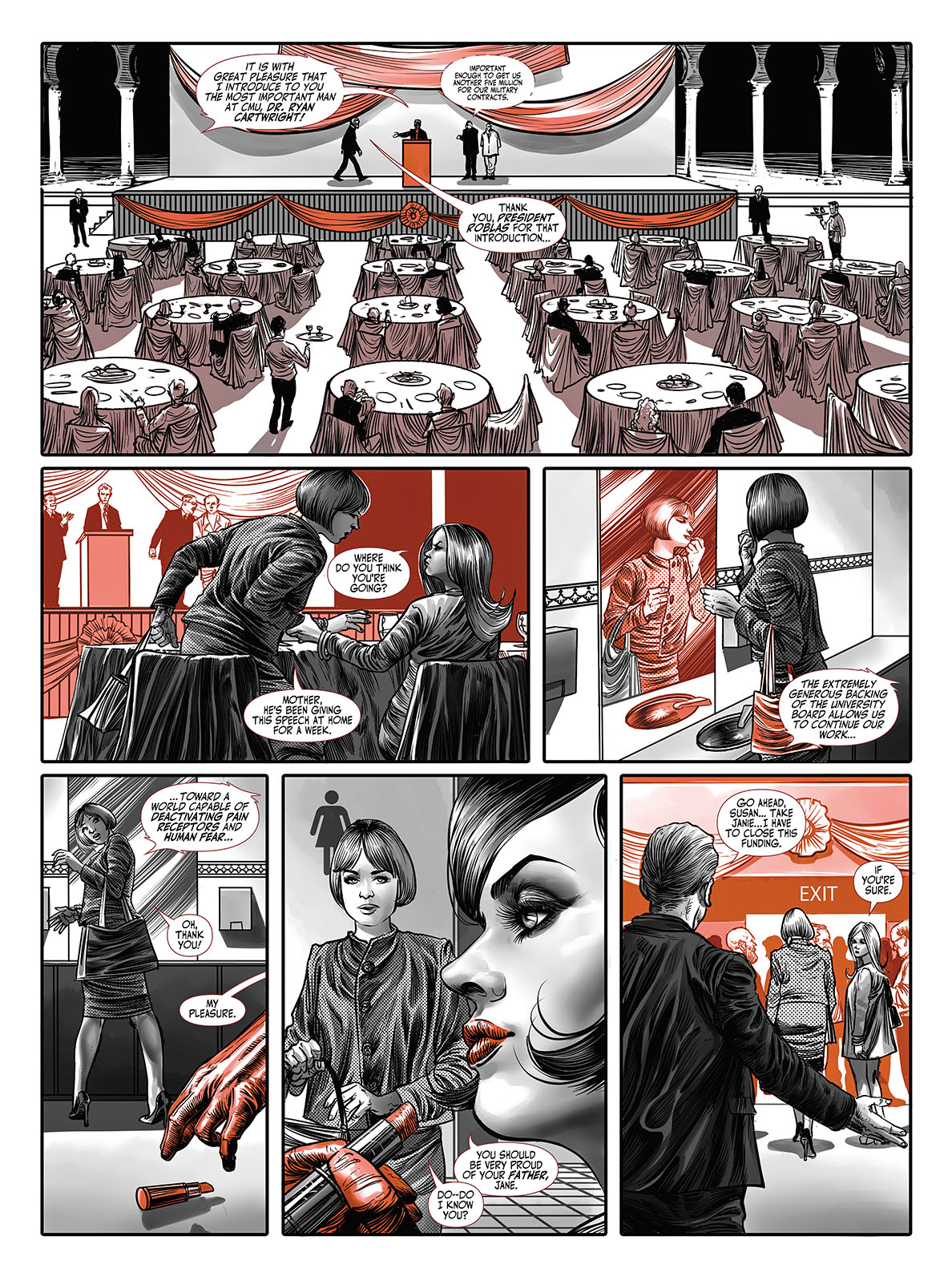
Nrama: Saida, you're also using a red, white, and black color scheme to letter this book. How does this coloring change the aspects of your work, such as the dialogue, captions, sound effects, etc.?
Saida Temofonte: I absolutely need to credit master editor Joe Illidge for coming up with the idea of using a limited color palette on the series.
On my part, I have a discrete body of work on edgy series and I have lots of cool, atypical fonts for sound/emphasis fx to use. They're atypical fonts in terms of what's considered more traditional, bouncy fonts used in comics.
I'm currently working on the DCeased series for DC so I've been dealing with lots of zombies lately. The limited palette doesn't necessarily change comic lettering conventional styles. I would say, perhaps it allows me to safely choose between black, white, or red. And I like to sample the composition of these colors directly from the art file so that I can better blend, say, the sound fx with the existing art. As a general rule of preference, I like to come up with letter styles as much as conventionally possible that look like the artist himself might have designed.
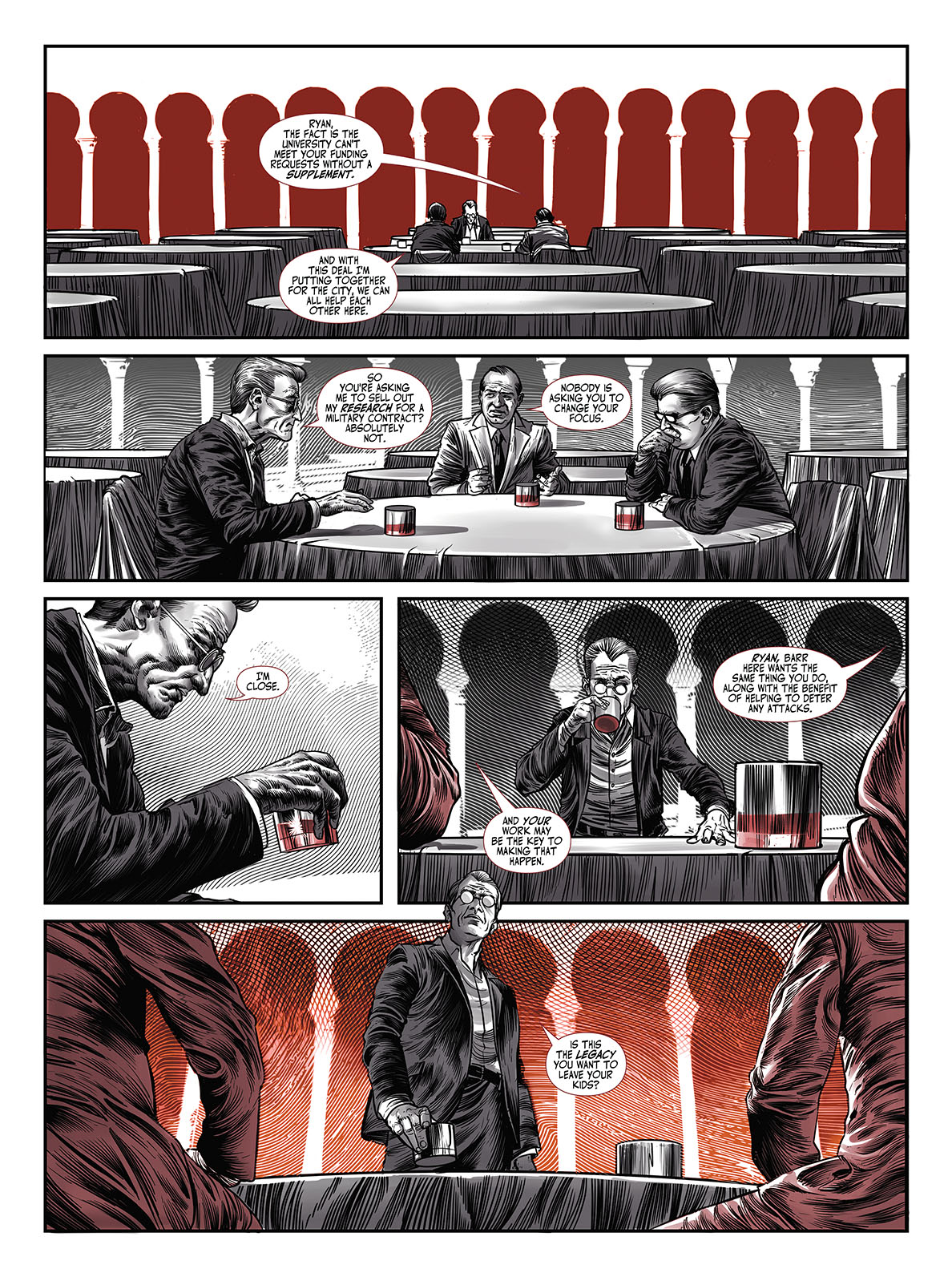
Nrama: Do you normally use a lot of color? If so, where does it show up the most?
Temofonte: I normally use bright, saturated, and contrast color on books for younger audiences to add a bit of cheerfulness. However, my zone of preference are, in fact, gory or dystopian stories where I can lightly break comic lettering conventions, after having absorbed them. I love lettering on black & white comics because some of my styles, especially sound fx, can become negative or positive space.
Nrama: This question is for all of you: why do you think zombies endure in pop culture?
Yapur: The zombies proposed by George Romero in 1968 have an incomparable magic and are a fundamental part of the genre. I think that if we had to make a selection of ten fundamental horror icons, the zombies are among the first. Many years have passed and they continue to catch the imagination of new generations. It is perhaps the most basic and tangible fear these creatures represent that keeps them always alive.
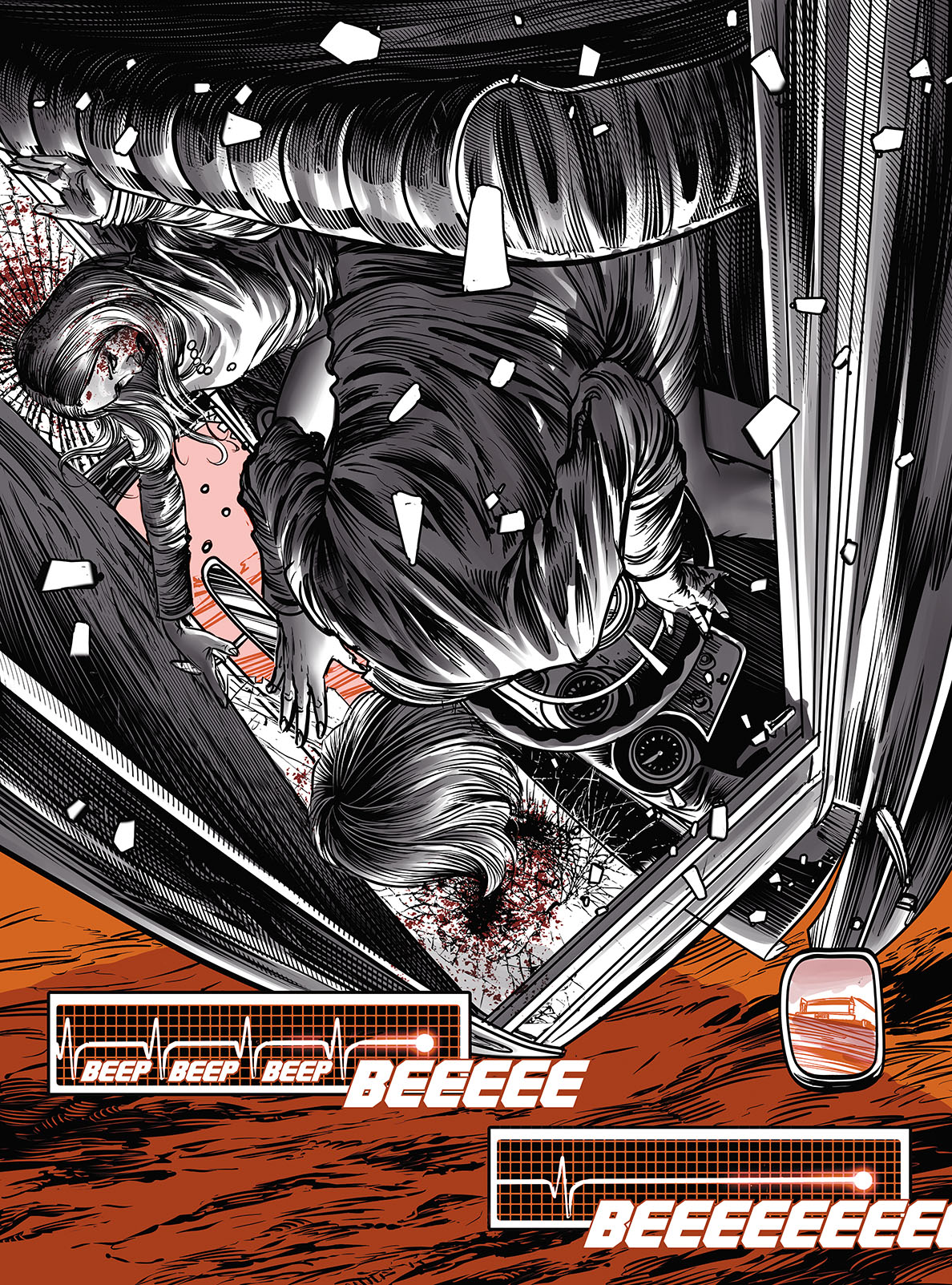
Romero: Zombies endure in pop culture because they are the perfect representation of something with which everyone has a personal reference point. The thing that my father did so well was to personalize his ghouls. They were daughters, friends, fathers, mothers, neighbors, etc..
Everyone who became a fan of the ghouls and the genre has done so for their own personal reasons as opposed to becoming fans because they were "told to." I think this makes them the perfect megaphone for free-thinking, and the fact that the ghouls themselves are exactly the result of conformity and a lack of free-thinking. Metaphorically speaking of course.
Alonso: They are a great element to represent a consumer society that increasingly devours itself more and more. It turns the consumer into a product, and that is very scary.
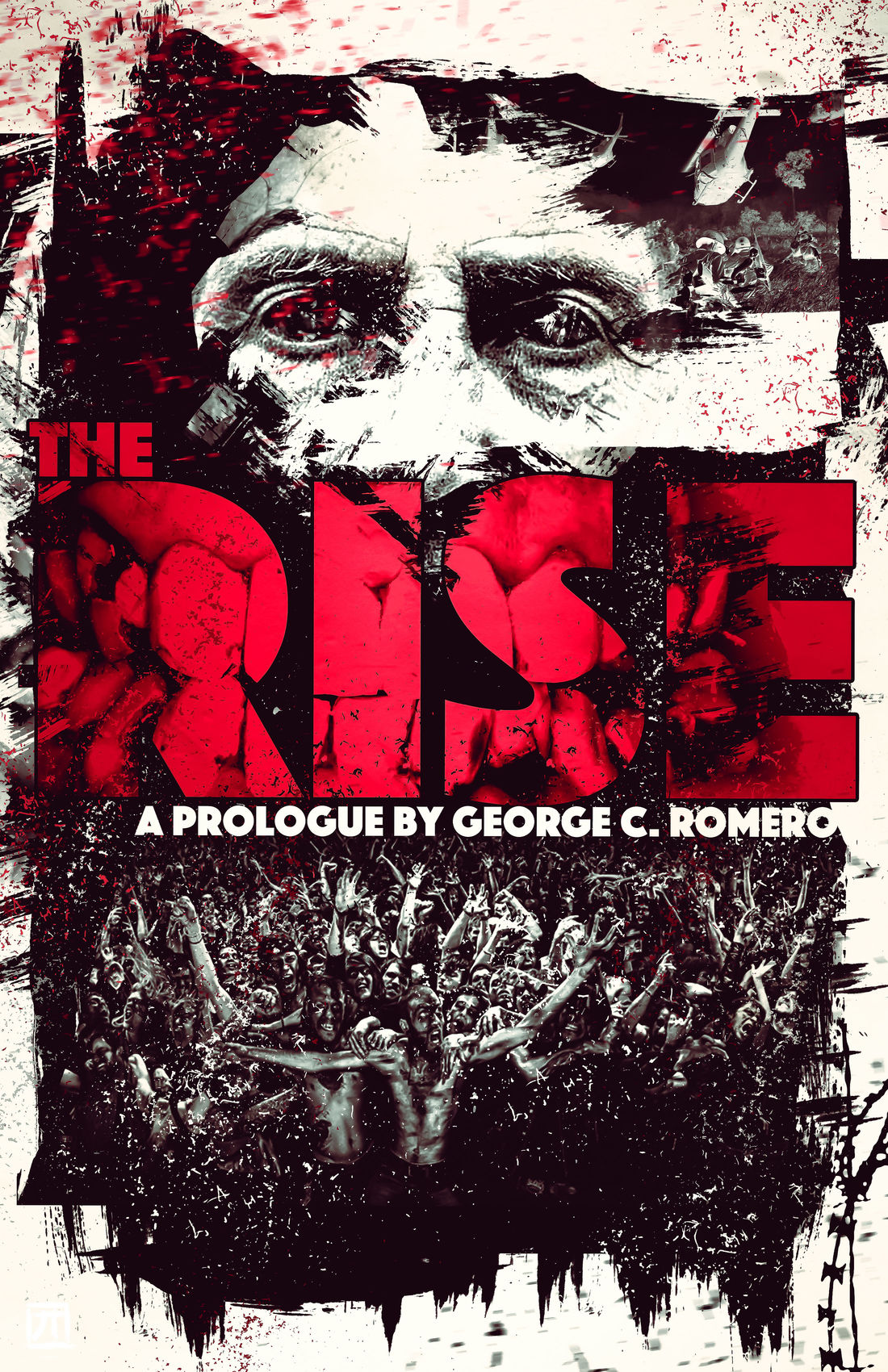
Temofonte: In my view, they represent the inevitability of our mortality. No matter how you escape, they will slowly catch up with you.
Nrama: And final question, also for all of you; there are perhaps tens of thousands of zombie stories out there. What makes The Rise different?
Yapur: Because The Rise has the Romero seal.
Romero: This is an easy one. It's not a zombie story.
Alonso: I would like it to be because of the magnificent red color. [Laughs]
But I'm afraid that those responsible are the script (magnificent!) and Diego's unbeatable drawing.
Want to fight zombies yourself? Check out our list of the best zombie games and start swinging.

Grant DeArmitt is a NYC-based writer and editor who regularly contributes bylines to Newsarama. Grant is a horror aficionado, writing about the genre for Nightmare on Film Street, and has written features, reviews, and interviews for the likes of PanelxPanel and Monkeys Fighting Robots. Grant says he probably isn't a werewolf… but you can never be too careful.


